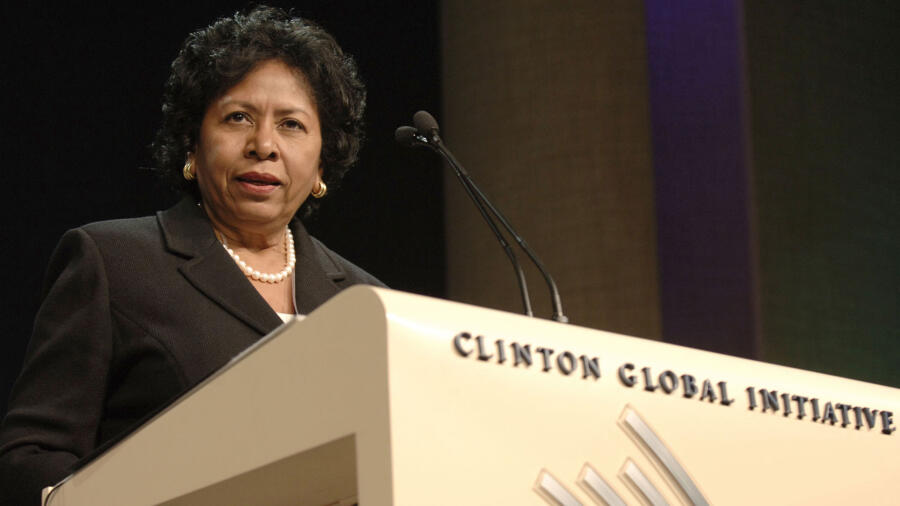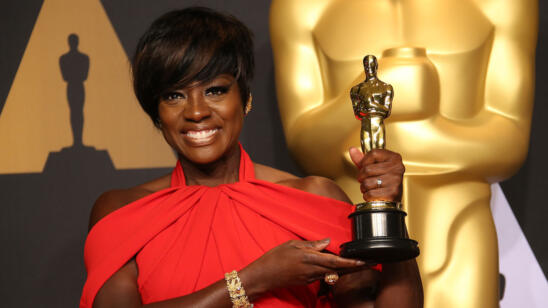Born on a sharecropping farm in Texas, Ruth Simmons’ early ambitions were humble. Her earliest goal was simply to work in an office.
“[I thought] If only I could one day work in an office, because every woman that I knew was a maid… The farthest I could think was working in an office. That was it,” she remembers.
Not only did Simmons achieve her goal, but she would go on to call the shots in some of the most prestigious offices in America.
A graduate from Dillard University, a historically black college in Louisiana, Simmons spent her junior year studying at Wellesley College. It was at Wellesley where she was introduced to the possibilities of a career in academic leadership.
In 1995, Simmons was named the president of Smith College making her the first black female president of a major university. From there she became the first black female Ivy League president of as the head of Brown University.
Not only was Simmons’ appointment a milestone, but her tenure at Brown is considered one of the most successful in the college’s long history. She enjoyed an 80 percent approval rating from Brown undergraduates and in 2011, Time named her America’s best college president after only a year at the helm.
Simmons’ biggest accomplishment as Brown president was “Boldly Brown,” an investment plan meant to bolster the university’s academic programs. The initiative was incredibly successful and reached $1.61 billion, 115 percent of its goal.
“Over its five-year run, the campaign allowed Brown to expand the faculty substantially, fund a need-blind admission policy for domestic first-year applicants and build a new medical school,” writes “The Brown Daily Herald” editorial board. Furthermore, under her tenure liquor magnate and Brown alum Sidney E. Frank donated $120 million to the university, the largest monetary contribution in the university’s history.
Among other things, Simmons credits her success in academic leadership with the ups and downs that go accompany being the youngest of 12 children. “Although I was the youngest, I tried to organize things in my family,” she said. “When there were disputes, I tried to mediate. And I intervened in school as well to tell teachers what they were doing wrong, or at least to tell them what I didn’t like about what they were doing. I intervened sometimes in classes to take a leadership role. By the time I got to college, I was impossible.”


